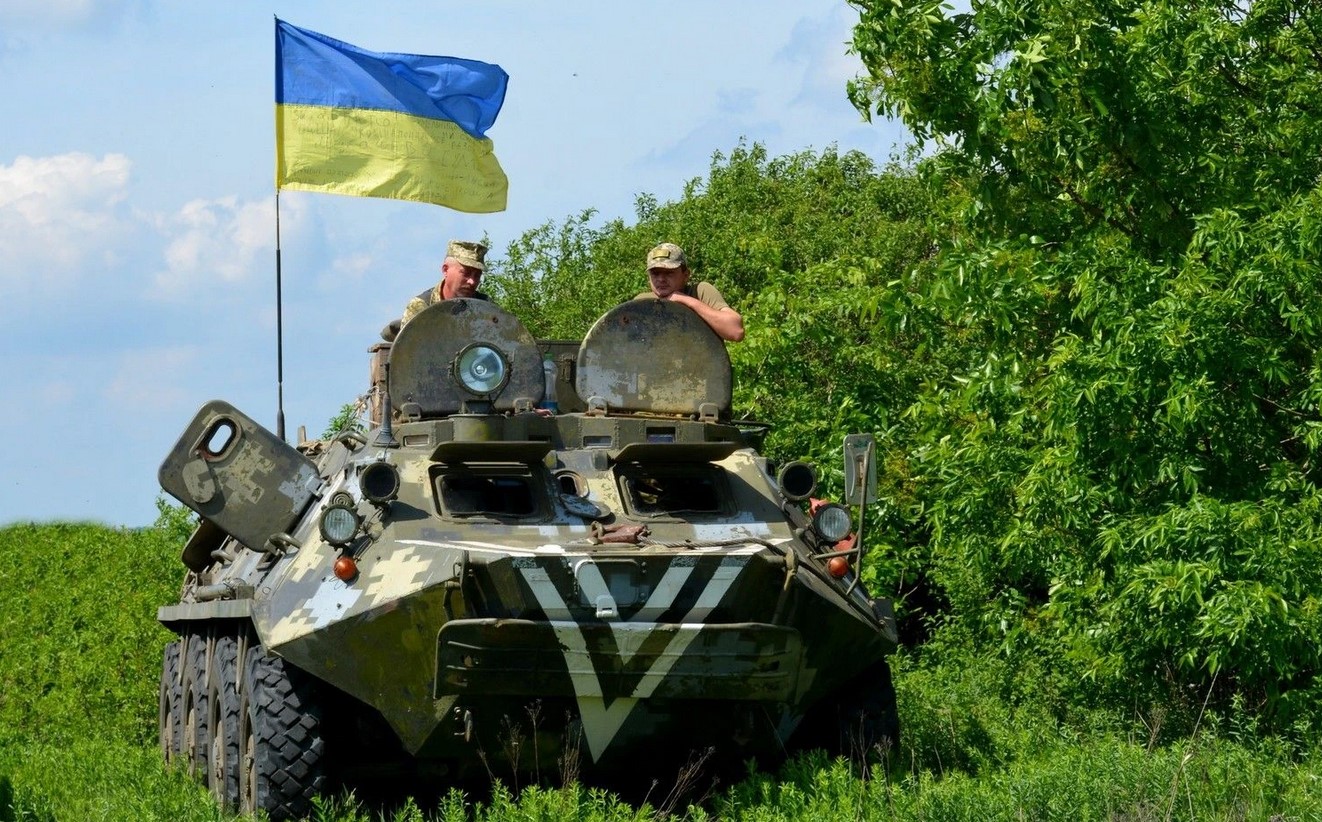The Ukrainian Armed Forces have received another local modernization of the post-Soviet BTR-60 wheeled armored personnel carrier. This time it has been equipped with the BM-7 Parus turret known from the BTR-4 Bucephalus IFV.
As reported by Defence 24, before the full-scale Russian invasion, Ukraine possessed a significant number of post-Soviet BTR-60 wheeled armored personnel carriers, which had been obsolete for decades and required replacement or modernization.
There were many approaches by the local industry to this issue, one of the better-known examples of modernization being the BTR-60HM, in which only the bottom of the hull remained from the original vehicle. However, due to the costs of such modernization, the project was abandoned. Recent months have seen a return to the issue of repairs and modernizations or modifications of the BTR-60 transporters possessed by Ukrainians, especially in light of receiving another 100-110 units from Bulgaria.
https://twitter.com/TheDeadDistrict/status/1827014731883806794
One example of such work is the above photo showing a BTR-60 with a completely replaced turret, where instead of the one with a large-caliber KPWT 14.5 mm machine gun, a BM-7 Pareus combat module known from, among others, the BTR-4 Bucephalus wheeled infantry fighting vehicles was installed.
The main armament consists of a ZTM-1 30 mm automatic cannon, coupled with a KT-7.62 7.62 mm universal machine gun. Additional armament can include a set of four barrier anti-tank guided missile launchers or two launchers and a KBA-117 30 mm automatic grenade launcher. Thus, this modernized BTR-60 received a significant improvement in firepower, although the vehicle still has very weak armor and not very optimal access to the troop compartment.
Ukrainian defense industry experimenting with new variations on military vehicles
The appearance of this vehicle may indicate that the Ukrainian defense industry has greater production capabilities for BM-7 turrets than for hulls for the BTR-4 IFV, which are also being gradually created. The BTR-60 itself most likely underwent a major or minor overhaul. Thus, this is another attempt to modernize these transporters alongside work carried out on vehicles handed over by Bulgaria and those gradually being restored from equipment reserves.
Interestingly, in June of this year, footage appeared on social media, showcasing that a similar concept of placing a Ukrainian turret on a post-Soviet transporter was carried out with the BTR-70 for soldiers of the Russian Volunteer Corps.
https://twitter.com/praisethesteph/status/1806815251058553277
The BTR-60 is a Soviet wheeled armored personnel carrier developed in the second half of the 1950s as a successor to the BTR-152. Initially, the main armament consisted of one of three types of machine guns: SGMB/PKT/PKB 7.62 mm or even DShK 1938/46 12.7 mm. However, over time in subsequent versions, the focus was on a duo of PKT 7.62 mm machine gun and KPWT 14.5 mm heavy machine gun. The ammunition supply in this configuration is 500 and 3000 rounds respectively. The vehicle is powered by two GAZ-40P engines with a total power of 180 HP. This allows the 10,300 kg vehicle to achieve a maximum speed of 80 km/h and a range of about 500 km.
The BTR-60 crew, depending on the version, consists of two or three people, while the troop compartment can accommodate 8 to 14 soldiers. They are protected by armor 5-10 mm thick. Currently, vehicles of this family (in various versions) are used by countries such as Bulgaria, Ukraine, Russia, Syria, Cuba, Algeria, and Egypt.
Related:
- Russia modernizing T-62M tanks with North Korean spare parts for use against Ukraine
- Russia continues modernization of T-80BVM tank for war against Ukraine with specialized cage armor
- Ukrainian Armed Forces to receive Buffalo vehicles, considered to be among safest armored vehicles in existence
- Ukraine to receive state-of-the-art new generation artillery RCH 155 from Germany later this year
- Forbes: Ukraine’s Baba Yaga drones now reportedly equipped with guided bombs
- NATO officials praise innovative Ukrainian DELTA combat system

